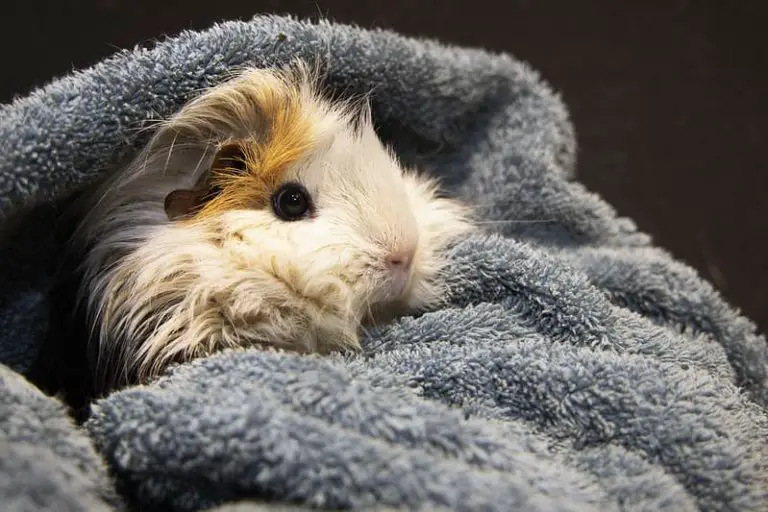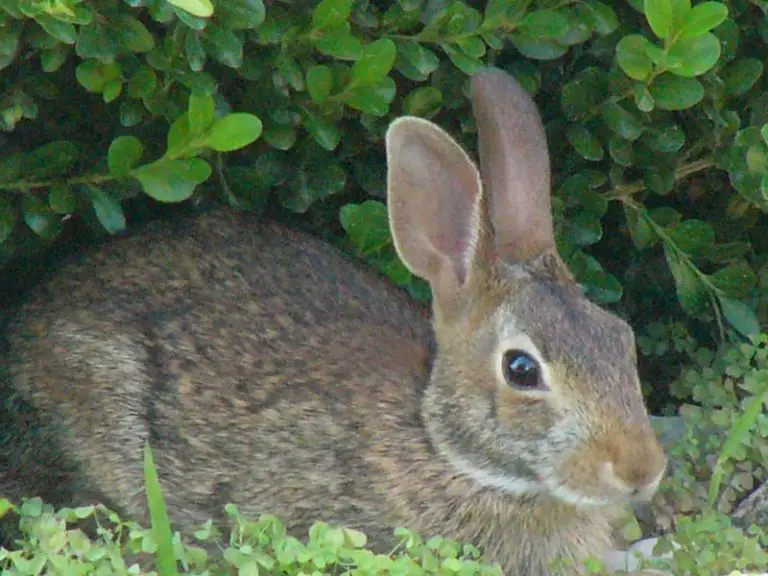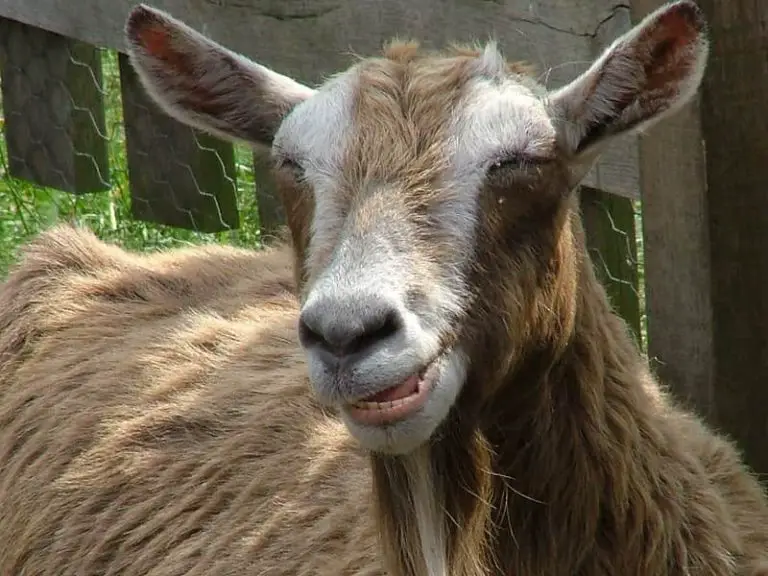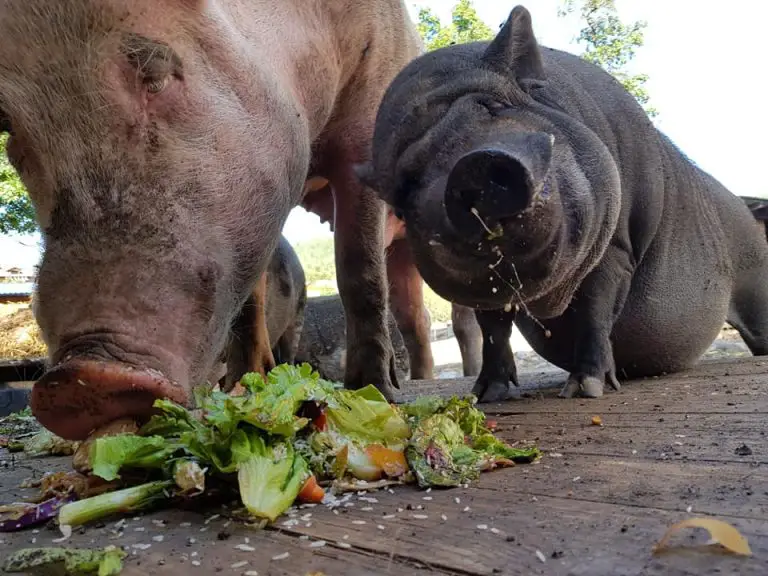Can Cats Feel Their Tail? (Solved)

Cats are very sensitive in their tails This is because they have an entire sensitive structure with nerve pathways in the spinal column that connect with the root of the tail. If a cat has an accident and the tail area is affected, torn, and/or broken, apart from feeling pain, it will have problems holding urine and feces.
The cat’s tail also serves as a balance bar when running, jumping, etc., that is why you can see that when cats are in motion they keep their tails horizontally balanced.
Also, the cat’s tail serves as a means of communication, with short tails or no tail at all, alterations in the sequence of movements, and communication difficulties between cats are to be expected.
Tailless animals are often sensitive to pain in the pelvic area.
Cats have nerves in their tails and can feel pain
A cat’s tail is composed of a sensitive structure containing nerves, many bones, numerous blood vessels, some muscles, and is tightly surrounded by skin.
Therefore, injuries to the tail of cats are always very painful and have little tendency to heal quickly. The lesion should always be examined by a veterinarian.
Both the cat’s muscles and nerves reach the tip of the tail, but their greatest concentration is in the pelvis, as well as the bones that decrease in size towards the tip of the tail.
One of the most obvious signs of pain in a cat’s tail is when its tail is accidentally stepped on, the cat screams, jumps, and runs away in great pain.
Can a cat’s tail break?
The tail of a cat consists of approximately twenty-two vertebrae or coccygeal bones, these are tiny bones of somewhat rectangular shape that become smaller in size from the base to the tip.
The cat’s tail is an extension of its spinal column. The sackcloth surrounding the hip bone divides the lumbar vertebrae from the vertebrae of the tail.
These bones in a cat’s tail could be fractured in case of accidents or by causing strong pressure on the cat’s tail, cat tail fracture injuries are one of the most common among accidents in these animals.
Why do cats have tails?
A cat’s tail can function as a balancing element as well as a mood indicator. With its help, the cat keeps its balance and almost always lands on its feet.
In addition, the cat’s tail is used for communication, it shows the state of health and mood of the cat; it warns, attracts, demands. Congeners and knowledgeable bipeds understand the signals transmitted by the cat’s tail and react accordingly.
Do cats have control over their tails?
Because of the muscles and nerves found in the cat’s tail, they have control of tail movements, to some extent.
As previously mentioned, the cat’s tail contains muscles and consists of 18 to 23 vertebrae, tendons, ligaments, and nerves. The tail is connected to the central and autonomic nervous systems.
Nerves pass from the brain through the spinal cord and extend to various organs, the hind legs, and the entire tail of the cat.
The cat’s emotions and instincts are the cause of involuntary movements in the tail, and when used for communication or tactile responses, they are voluntary.
Do cats have prehensile tails?
The prehensile tail is an adaptation of mammalian animals that are able to hold or manipulate objects with their tails, in very useful cases they can even support the weight of the animal itself.
A cat’s tail cannot be considered prehensile because it cannot be used by the cat to fully grasp or manipulate objects, rather the cat’s tail could be considered semi prehensile.
The main biological function of the cat’s tail is to serve as an element of balance and equilibrium for the cat, while in animals with prehensile tails, the main function of the tail is to serve as an element for grasping and holding objects.
Why cats do not like to have their tails touched?
Although some cats remain calm when stroking their tails, cats, in general, do not like to have their tails touched, and especially if you try to hold a cat’s tail, this is something they cannot tolerate.
The fact that a cat does not like to have its tail touched is due to the fact that it is one of the most important and at the same time vulnerable parts of its body.
It is the same with the paws, most cats do not like to have their paws touched, both the tail and the paws are sensitive elements in the cat that determine a fundamental part of the animal’s locomotion.
Although cats tend to be different in character, some cats love to be stroked above the base of the tail, because this is also where the scent glands are located.






